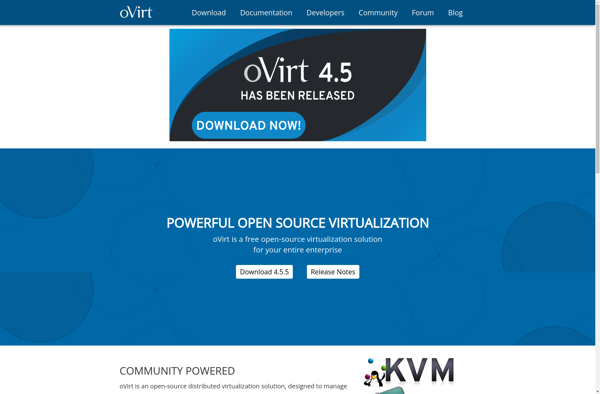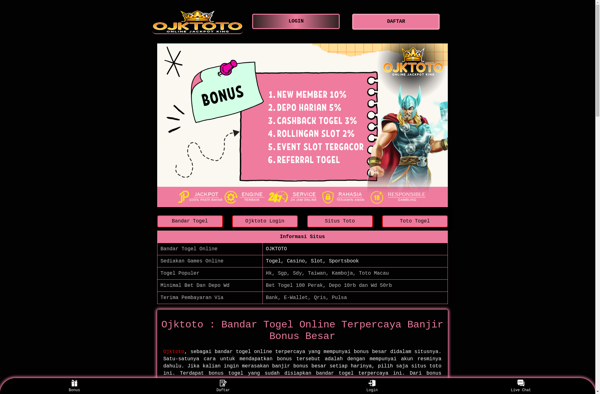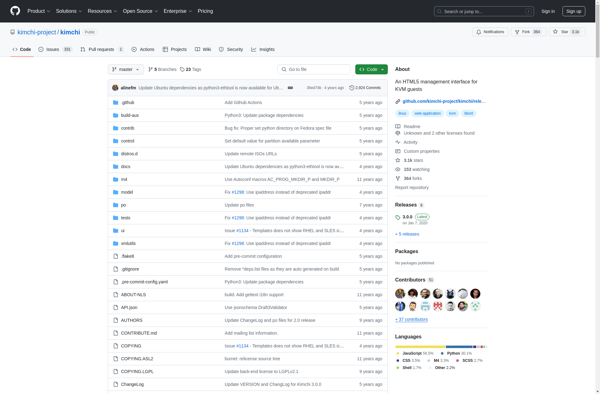OVirt

oVirt: Open-Source Virtualization Platform for Enterprise Data Centers
oVirt is an open-source virtualization platform providing a graphical user interface and REST API for managing virtual machines, storage, and networking in enterprise data centers built on KVM hypervisor technology.
What is OVirt?
oVirt is an open-source virtualization management platform that provides a graphical user interface and REST API for managing virtual machines, storage, and networking in an enterprise data center. It is designed to enable administrators to easily create and manage virtualized infrastructure components like hosts, VMs, storage, and networks.
Some key capabilities and features of oVirt include:
- Centralized VM, host, storage, network, and template management using a web-based GUI
- REST API for automation and integration
- Live migration of VMs between hosts
- High availability and disaster recovery features
- Storage management including NFS, iSCSI, Fibre Channel, and GlusterFS
- Fine-grained role-based access control
- Reporting and monitoring
- Scalability to manage many hosts and VMs in large environments
Under the hood, oVirt leverages the KVM hypervisor for virtualization. It can manage KVM, Xen, and ESXi hosts as well as leverage additional capabilities through VDSM (Virtual Desktop and Server Manager). oVirt provides capabilities beyond core virtualization like user-facing self-service portals.
oVirt is commonly used by organizations looking for an open source alternative to VMware vSphere and Microsoft Hyper-V. It is licensed under the Apache 2.0 license.
OVirt Features
Features
- Web-based graphical user interface
- REST API
- Live migration of virtual machines
- High availability
- Storage management
- Network management
- Role-based access control
- VM snapshots
- VM templates
Pricing
- Open Source
Pros
Cons
Official Links
Reviews & Ratings
Login to ReviewThe Best OVirt Alternatives
Top System & Hardware and Virtualization and other similar apps like OVirt
VMware vSphere Hypervisor

Proxmox Virtual Environment

Virt-manager

Microsoft Hyper-V Server

Virtualizor

ClearVM

Archipel

Danube Cloud

XCP-ng

Citrix Hypervisor

Cloudmin

VMmanager

OpenNode Cloud Platform

Virtkick

Kimchi

Karesansui
